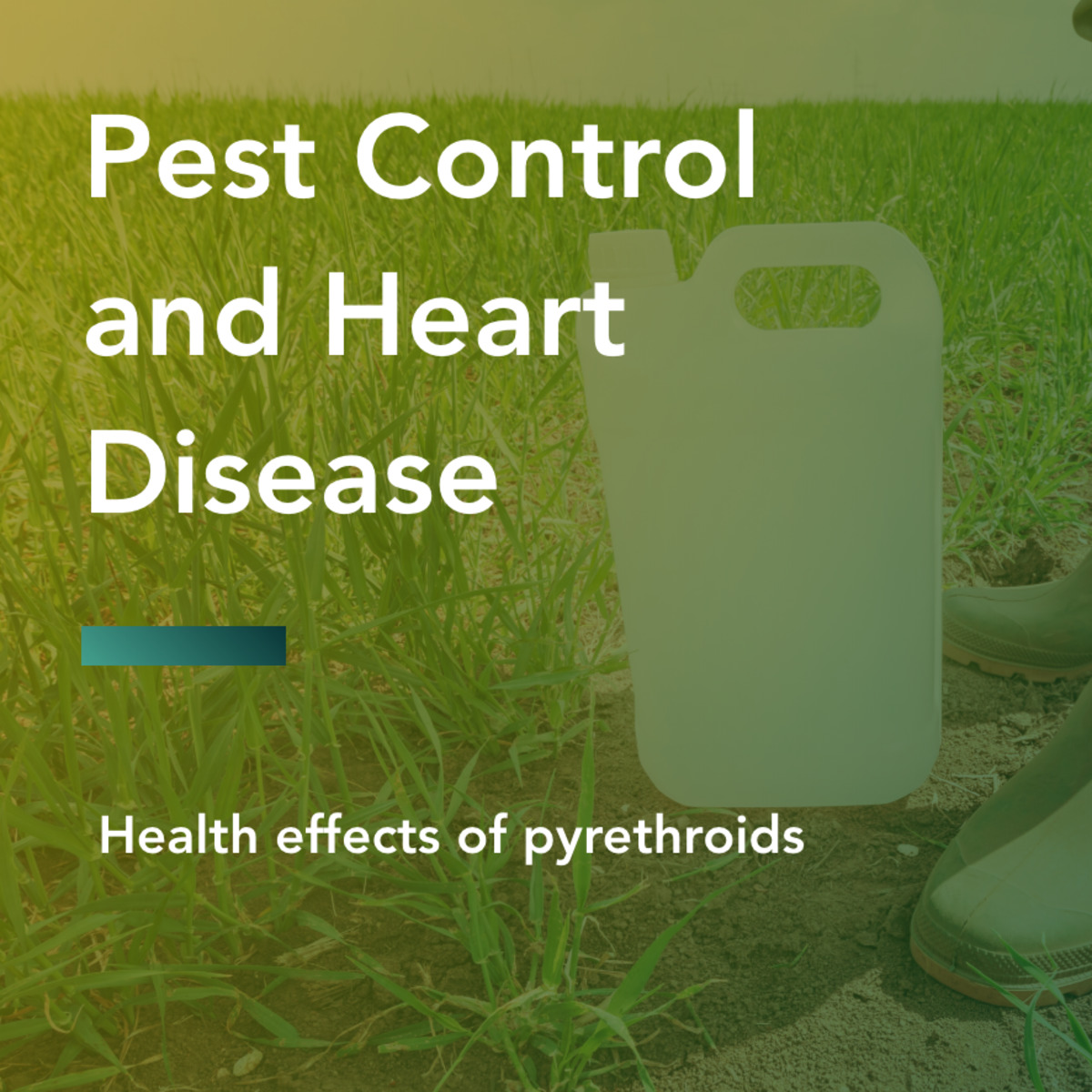The 2-Minute Rule for Eco Bed Bug Exterminators Dc
Table of ContentsAll About Eco Bed Bug Exterminators DcThe Only Guide to Eco Bed Bug Exterminators DcThe 8-Minute Rule for Eco Bed Bug Exterminators DcThe 7-Second Trick For Eco Bed Bug Exterminators DcThe Ultimate Guide To Eco Bed Bug Exterminators Dc
Since pesticides are toxic, they are also possibly dangerous to people, animals, other microorganisms, and the atmosphere. Individuals that use chemicals or regularly come in call with them should understand the family member toxicity, potential health effects, and preventative procedures to reduce direct exposure to the items they utilize. Danger, or risk, of using chemicals is the capacity for injury, or the level of danger involved in using a chemical under a given set of problems.
Applicators can minimize or almost remove direct exposure-- and thus minimize threat-- by following the label directions, utilizing individual safety clothing and devices (PPE), and taking care of the pesticide properly. For instance, even more than 95 percent of all chemical exposures originate from facial exposure, largely to the hands and forearms. By wearing a pair of unlined, chemical-resistant gloves, this kind of direct exposure can be virtually removed.
The unsafe impacts that take place from a solitary direct exposure by any path of access are called "acute effects." The four paths of direct exposure are facial (skin), breathing (lungs), oral (mouth), and the eyes. Severe toxicity is figured out by checking out the facial toxicity, inhalation poisoning, and oral toxicity of guinea pig.
The smart Trick of Eco Bed Bug Exterminators Dc That Nobody is Discussing
Intense toxicity is measured as the quantity or concentration of a toxicant-- the a.i.-- needed to eliminate half of the pets in a test population. This measure is usually shared as the LD50 (lethal dose 50) or the LC50 (dangerous focus 50). Furthermore, the LD50 and LC50 worths are based on a single dose and are videotaped in milligrams of chemical per kg of body weight (mg/kg) of the examination animal or partly per million (ppm).
The lower the LD50 or LC50 value of a chemical product, the greater its toxicity to humans and animals. Chemicals with a high LD50 are the least toxic to humans if used according to the instructions on the product label. The chronic poisoning of a pesticide is established by subjecting guinea pig to long-term direct exposure to the active ingredient.
The chronic poisoning of a chemical is harder than severe poisoning to figure out through lab evaluation. Products are categorized on the basis of their family member intense toxicity (their LD50 or LC50 worths). Chemicals that are categorized as very hazardous (Poisoning Group I) on the basis of either oral, dermal, or breathing toxicity have to have the signal words risk and toxin printed in red with a head and crossbones symbol plainly showed on the front panel of the bundle label.
The intense (single dosage) dental LD50 for pesticide products in this group varies from Get More Info a trace quantity to 50 mg/kg. Direct exposure of a few declines of a product taken by mouth could be fatal to a 150-pound individual. https://www.intensedebate.com/profiles/ecobedbug3xt. Some chemical products have just the signal word DANGER, which tells you nothing about the intense toxicity, simply that the product can create extreme eye damage or severe skin irritation
Eco Bed Bug Exterminators Dc Can Be Fun For Everyone
In this group, the severe dental LD50 arrays from 50 to 500 mg/kg. A tsp to an ounce of this material might be deadly to a 150-pound person (bed bug heat treatment). Chemical items identified as either slightly harmful or fairly safe (Toxicity Categories III and IV) are called for to have the signal word CAUTION on the chemical tag

All pesticide toxicity chemical, worths the Consisting of, can be found on the product's Material Safety Data Safety and security (MSDS). Pesticide tags and MSDS can be gotten from retailers or makes - https://hub.docker.com/u/ecobedbug3xt. The signs and symptoms of chemical poisoning can vary from a mild skin irritation to coma or even death.
Because of possible health and wellness concerns, chemical customers and trainers need to recognize the typical signs and symptoms of chemical poisoning. The impacts, or signs, of chemical poisoning can be generally specified as either topical or systemic.
The Of Eco Bed Bug Exterminators Dc
Dermatitis, or swelling of the skin, is accepted as the most commonly reported topical result linked with chemical exposure. Some individuals often tend to cough, wheeze, or sneeze when subjected to chemical sprays.
This symptom typically subsides within a few mins after a person is gotten rid of from the exposure to the irritant. Nevertheless, a response to a pesticide item that triggers a person not only to sneeze and cough yet additionally to establish severe acute respiratory system signs and symptoms is more most likely to be a true hypersensitivity or allergic response.
Systemic impacts are fairly various from topical results. They often occur far from the original point of get in touch with as a result of the chemical being absorbed right into and dispersed throughout the body. Systemic results frequently consist of nausea or vomiting, throwing up, exhaustion, headache, and intestinal problems. In advanced poisoning cases, the individual might experience modifications in heart rate, problem breathing, convulsions, and coma, which might bring about death.